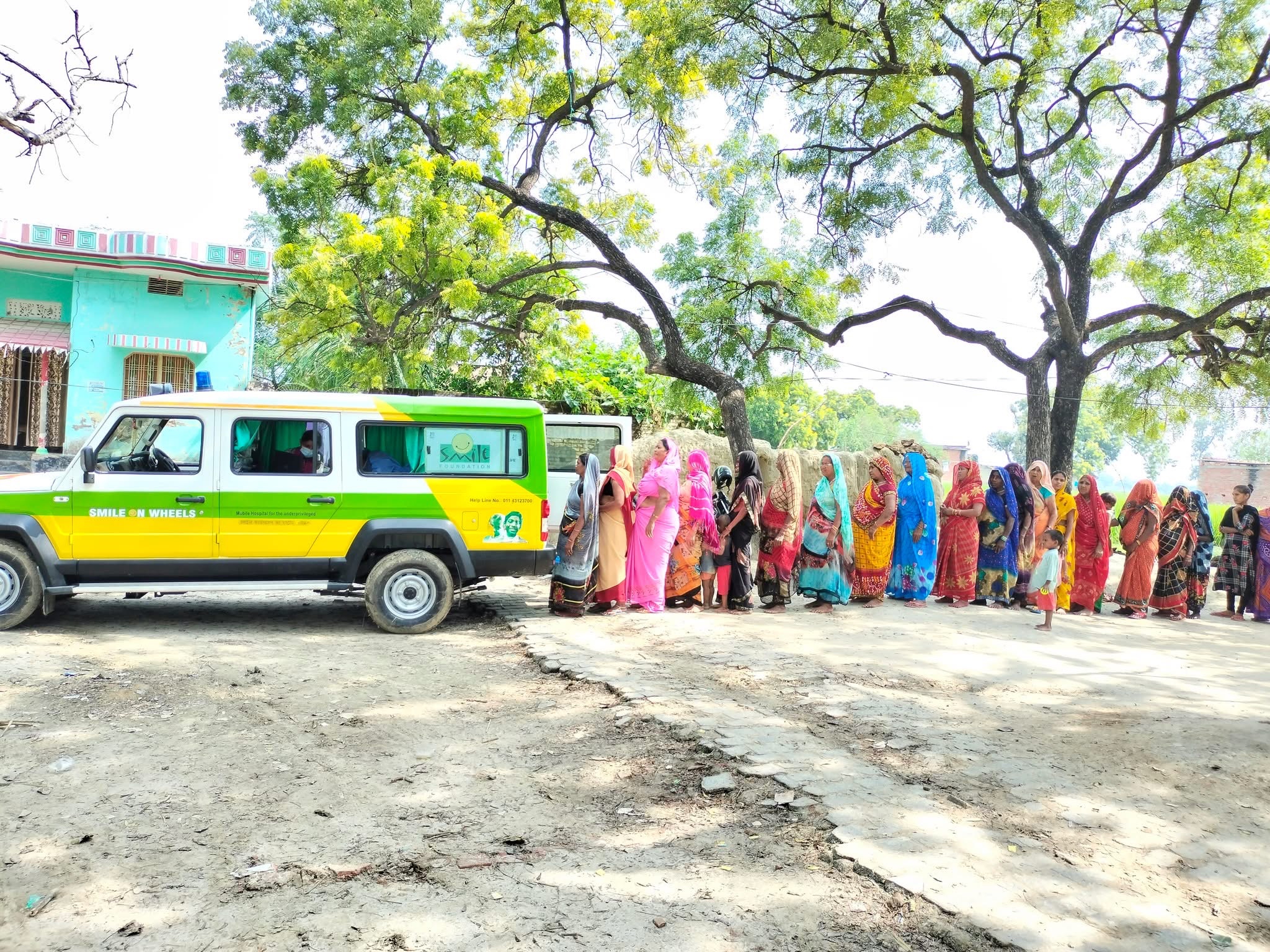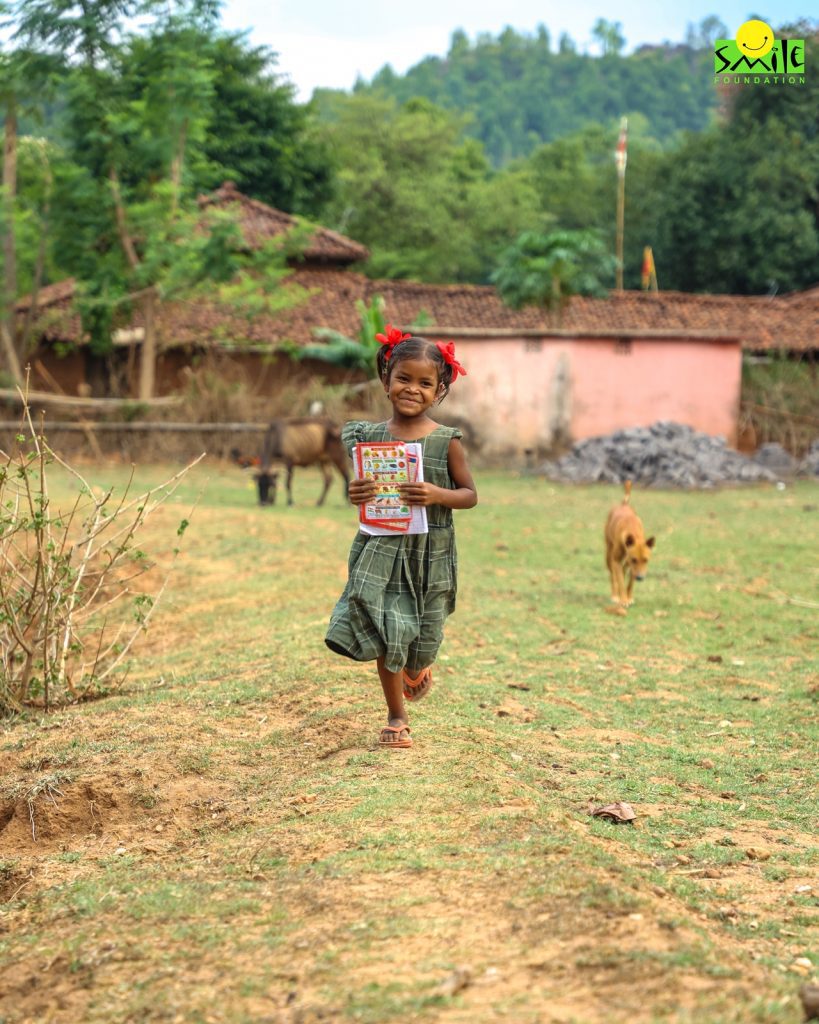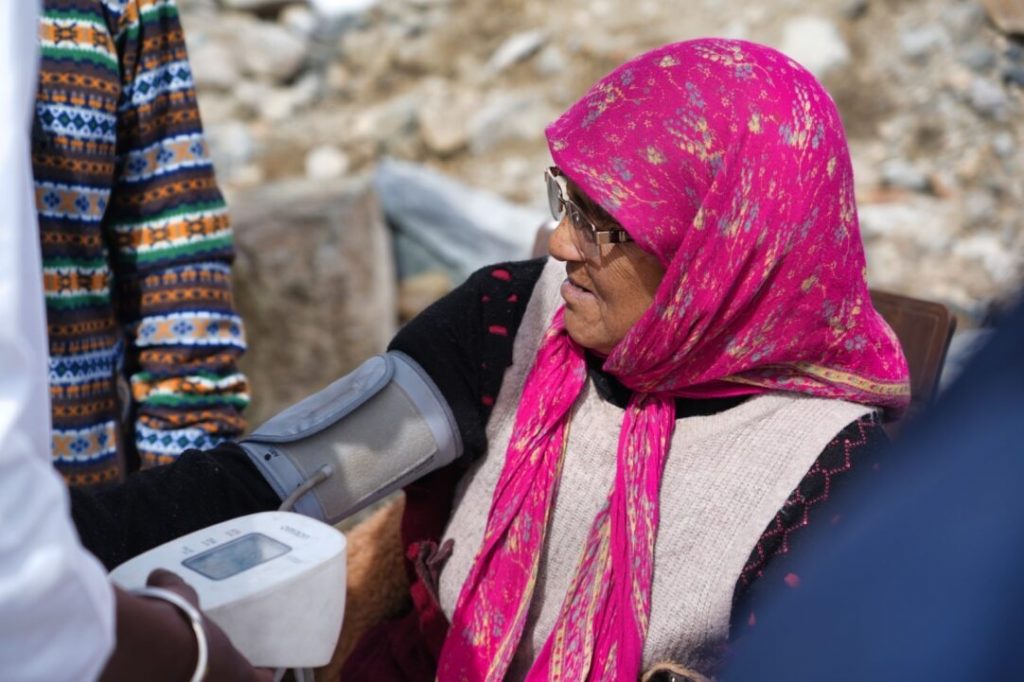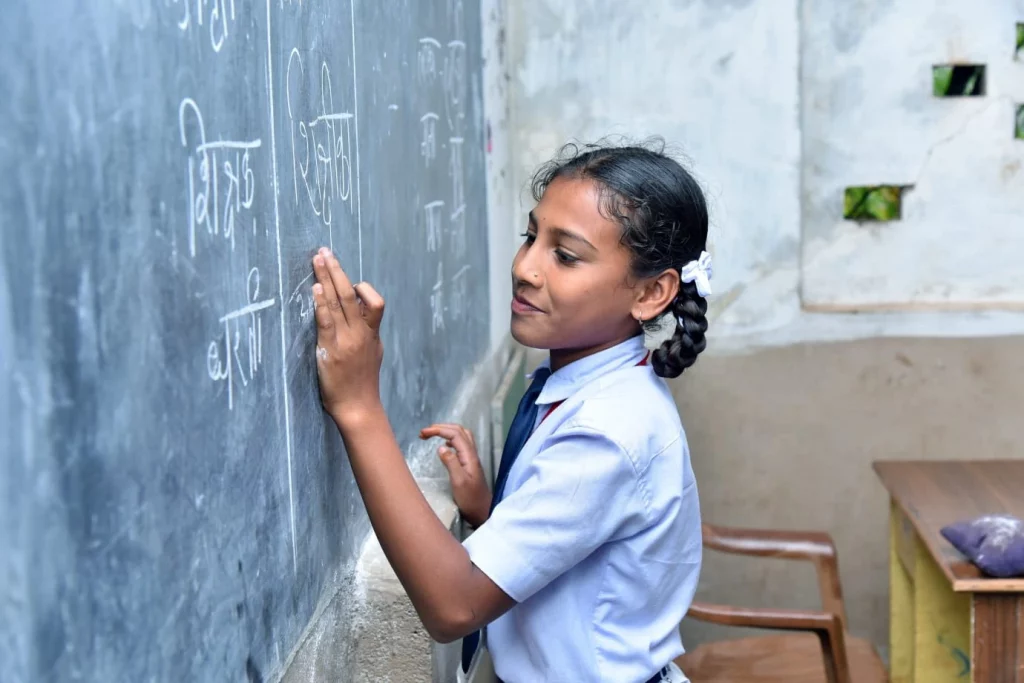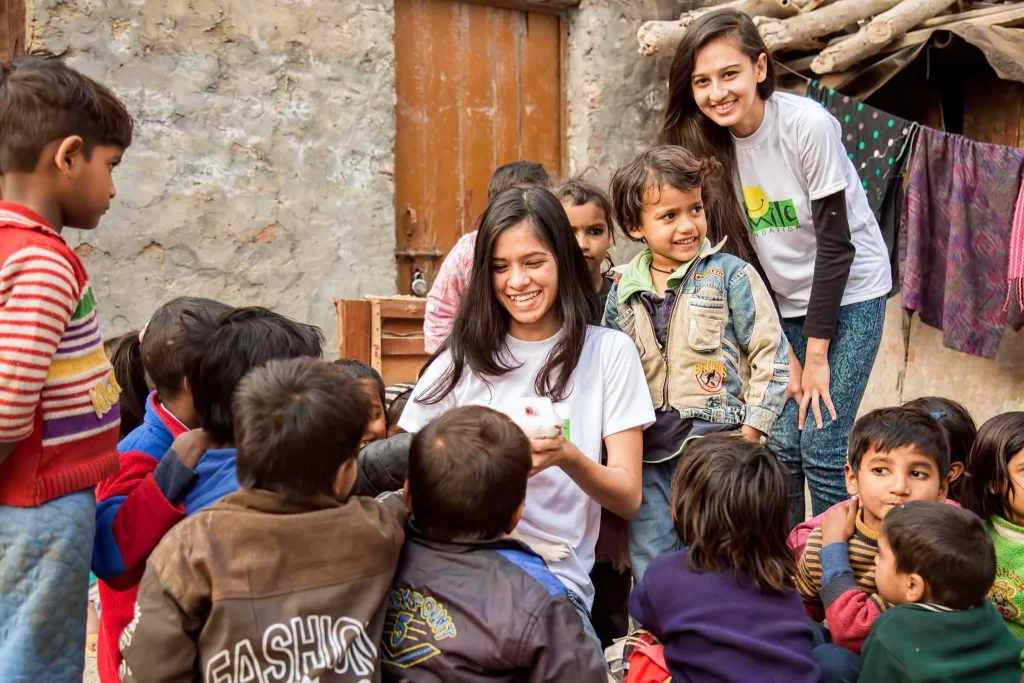India’s healthcare domain continues to be paradoxical. While the last decade has seen remarkable development, increasing life expectancy and driving away diseases like polio, leprosy, and smallpox while making concerted efforts to reduce TB and so on, unfortunately, this progress is accompanied by growing disparities between the rich and the poor in terms of last-mile delivery of healthcare services. With improvements, negatives have also been looming large on the rural communities, and a sizable population in the urban settings struggles to balance accessibility, affordability, and quality healthcare, which have deepened healthcare challenges in India.
India’s minimum GDP spend on healthcare has further exacerbated these problems, and its impact on marginalized and rural communities has always been disproportionate. Further, the private healthcare industry only caters to the upper classes of the urban settings, leaving the poor in the dark. While there is a significant healthcare personnel shortage throughout India, it is particularly problematic in rural areas.
Schemes alone don’t help
The National Rural Health Mission has devised several schemes for providing affordable and equitable healthcare services—from subsidized-priced medicines to health insurance coverage—to the most needy. While these schemes have benefited lakhs of people, data shows they also lack accessibility.
The ‘State of Healthcare in Rural India, 2024’ report noted that about half of rural households in the country have government health insurance, while 34% have no coverage. Limited access to diagnostic facilities and affordable medicines further challenges this cohort.
Ensuring delivery of last-mile health services
A sizable section of the country’s population lives below the poverty line and in rural areas, so India’s rural healthcare system and mohalla clinics in urban settings are essential to the nation’s total healthcare infrastructure. Ensuring that underserved and marginalized groups have access to these healthcare services is critical. In addition, providing adequate and accessible healthcare services to the most needy is not only essential for the well-being of millions. Still, it is also integral to achieving broader public health goals.
Access to quality healthcare is a fundamental right and serves as a catalyst for development across various dimensions.
A multifaceted approach covering demand-side and supply-side factors is required to ensure that healthcare facilities reach the most marginalized and needy populace. On the demand side, it is important to create awareness around diseases and treatments through public-funded campaigns and promote preventive healthcare systems. These campaigns on vaccinations, AIDS/HIV, maternal and reproductive health, nutrition, and so on can empower communities and households. On the supply side, investments are crucial to develop standard healthcare infrastructure and deploy well-trained healthcare staff to cater to a diverse population. In this context, there is a need for public-private partnerships to pull in the necessary resources to bridge the gap in healthcare delivery.
Strengthening the infrastructure is the bedrock of all other developments. Improved infrastructure, medical centres, clinics, and specialty healthcare facilities ensure many healthcare workers can cater to a large crowd and initiate in-person visits in case of emergencies and transport-related hindrances.
In this context, developing community healthcare centres also ensure healthcare access for all. These local healthcare centres let health experts apply their public health theory on a local, personalized level, cater to a specific demographic and support wellness that may have otherwise been ignored. Community healthcare centres address disparities in healthcare by ensuring equitable access to resources. They serve as primary care providers in communities where socioeconomic factors limit health equity.
Leveraging technology and digital literacy can improve access to healthcare services, such as through telemedicine and mobile health apps, particularly in isolated locations with inadequate physical infrastructure. Digital literacy rates have climbed since the COVID-19 pandemic. Global lockdowns across 2020 and 2021 created a particular spike in demand for remote medical consultation and sales of online medical supplies. Leveraging this technology, the disparity in medical access among marginalised communities can be reduced through digital healthcare interventions. Enabling last-mile access through ASHA employees (awareness to engage), educating rural physicians to provide digital health solutions (test to treat), and providing incentives for privately held supply chain solutions to serve underserved communities (order to ship) are the main ways to address these access issues.
The necessity of telehealth has been a hot-button topic in digital discussion within the healthcare sector, especially when the care modality went mainstream during the pandemic. Telemedicine has emerged as a transformative force in healthcare delivery, particularly in improving healthcare accessibility. To improve the quality of care, practitioners and medical organisations must try to understand what these patients require since many of the country’s underserved patients use telehealth services. Telemedicine improves temporal accessibility with 24/7 availability while expanding healthcare reach to underprivileged and remote locations with technology-enabled remote consultations, monitoring, and diagnosis.
Mobile Medical Units are another way of ensuring last-mile healthcare delivery to remote areas. The free-of-cost healthcare service aims to reduce out-of-pocket expenses for the marginalized and rural communities, helping them with door-step health services. In India, the SMILE Foundation pioneered this healthcare delivery mode through its ‘Smile on Wheels’ program launched in 2006. A custom-tailored mobile medical unit van provides doorstep consultation, basic medical tests, and medicines free of cost, and it is projected to meet the primary healthcare needs of urban underprivileged communities.
With more than 65% of the population residing in rural areas with a weak healthcare structure and urban slum dwellers prioritising everyday survival over healthcare, it becomes crucial to address India’s complex healthcare system and gaps to meet the goals of Universal Health Coverage and support the Government of India’s vision of Ayushman Bharat.
Smile Foundation’s healthcare work
One of Smile’s key programs is “Smile on Wheels” which involves mobile medical units that travel to remote and underserved areas, providing free primary healthcare services to those who lack access to medical care. Through this program, Smile Foundation offers consultations, basic medical tests, and medicines free of charge, focusing on reaching underserved populations who might otherwise be neglected by traditional healthcare infrastructure.
Additionally, Smile Foundation works on providing maternal and child healthcare services, organizing awareness campaigns around sanitation, hygiene, nutrition, and vaccination. The foundation has been a strong advocate for promoting health equity, with a particular focus on reaching rural communities and urban slum areas that face healthcare disparities due to poverty, geographical isolation, or lack of resources.
Smile Foundation also supports digital health interventions, offering telemedicine services and using technology to overcome barriers to healthcare access in remote regions. By focusing on both physical healthcare services and public health education, Smile Foundation aims to create lasting change in the healthcare sector, particularly for underserved and vulnerable populations across India.

